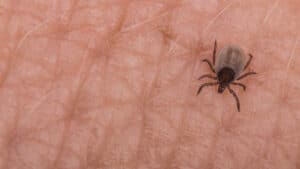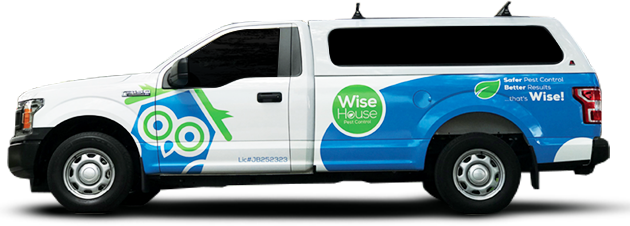In South Florida’s beautiful, tropical environment, black-legged ticks, also known as deer ticks, might not be top of mind for many, but they are a growing concern. While these ticks are more commonly associated with cooler regions, their presence poses real health risks.
Despite the fact that we often associate ticks with other parts of the country, black-legged ticks are indeed here in South Florida. Their ability to transmit diseases such as Lyme disease means it’s important for residents to be aware of how to identify these ticks, understand the potential health risks they bring, and take proactive steps to prevent tick bites.
Whether you’re hiking or enjoying a day at the park, or simply spending time in your backyard, staying informed about these ticks can help protect your family and pets from unexpected health issues. In this post we provide important information on recognizing black-legged ticks, their dangers, and practical prevention tips to keep your home and loved ones safe.

Black-legged ticks are well-adapted to their role as parasites and have a complex life cycle that involves several stages. Their biology and behavior make them effective at transmitting diseases.
Life Cycle of Black-Legged Ticks
Behavioral Patterns of Black-Legged Ticks
Black-Legged Ticks’ Habitat
Black-legged ticks prefer environments that provide moisture and protection. They are often found in wooded or grassy areas with dense vegetation and ample host animals, but they are less commonly found in open, dry areas.
By being aware of their active seasons and habitats, you can take appropriate measures to protect yourself and your pets from tick bites and the diseases they can transmit.
Tick-Borne Diseases
Health Implications
Physical Characteristics
Checking for Ticks
Outdoor Precautions
Home and Yard Care
Post-Outdoor Activities
Black-legged ticks, though less common in South Florida, can still pose a health risk. By understanding the risks associated with these ticks, knowing how to identify them, and following effective prevention strategies, you can protect yourself, your family, and your pets. Staying vigilant and proactive is key to enjoying the outdoors while minimizing the risk of tick-borne diseases.
Yes, black-legged ticks (also known as deer ticks) are present in Florida. They are more commonly found in the northern and central parts of the state but can also be present in South Florida.
The severity of tick infestations in Florida can vary. While ticks are not as prevalent in South Florida as in the northern parts of the state, they can still be a concern. Tick activity tends to increase during warmer months and in areas with dense vegetation. It’s important to take precautions, such as using tick repellents and performing tick checks after spending time outdoors.
A tick bite in Florida typically presents as a small, red bump where the tick attached. In some cases, a rash may develop around the bite site. If the tick bite is from a black-legged tick and if Lyme disease develops, a “bull’s-eye” rash might appear, though not all cases of Lyme disease show this rash. It’s important to monitor for any unusual symptoms following a tick bite.

Ready to send away pests without harming your pets? Getting started with Wise House Environmental Services is as easy as 1-2-3:
With Wise House Environmental Services, you get more than just effective pest control; you get peace of mind, knowing that your home is without pests and safer for your pets.
Our approach to pest control combines science with safety, offering you the kind of targeted, effective solutions that you won’t find with just any other pest control service. Our services have made a world of difference for homeowners, and we can do the same for you. Your pets will thank you for it!
We serve Port St. Lucie,Lake Worth, Boyton Beach, Palm Beachand the Treasure Coast.


© 2023 All Rights Reserved. | Sitemap